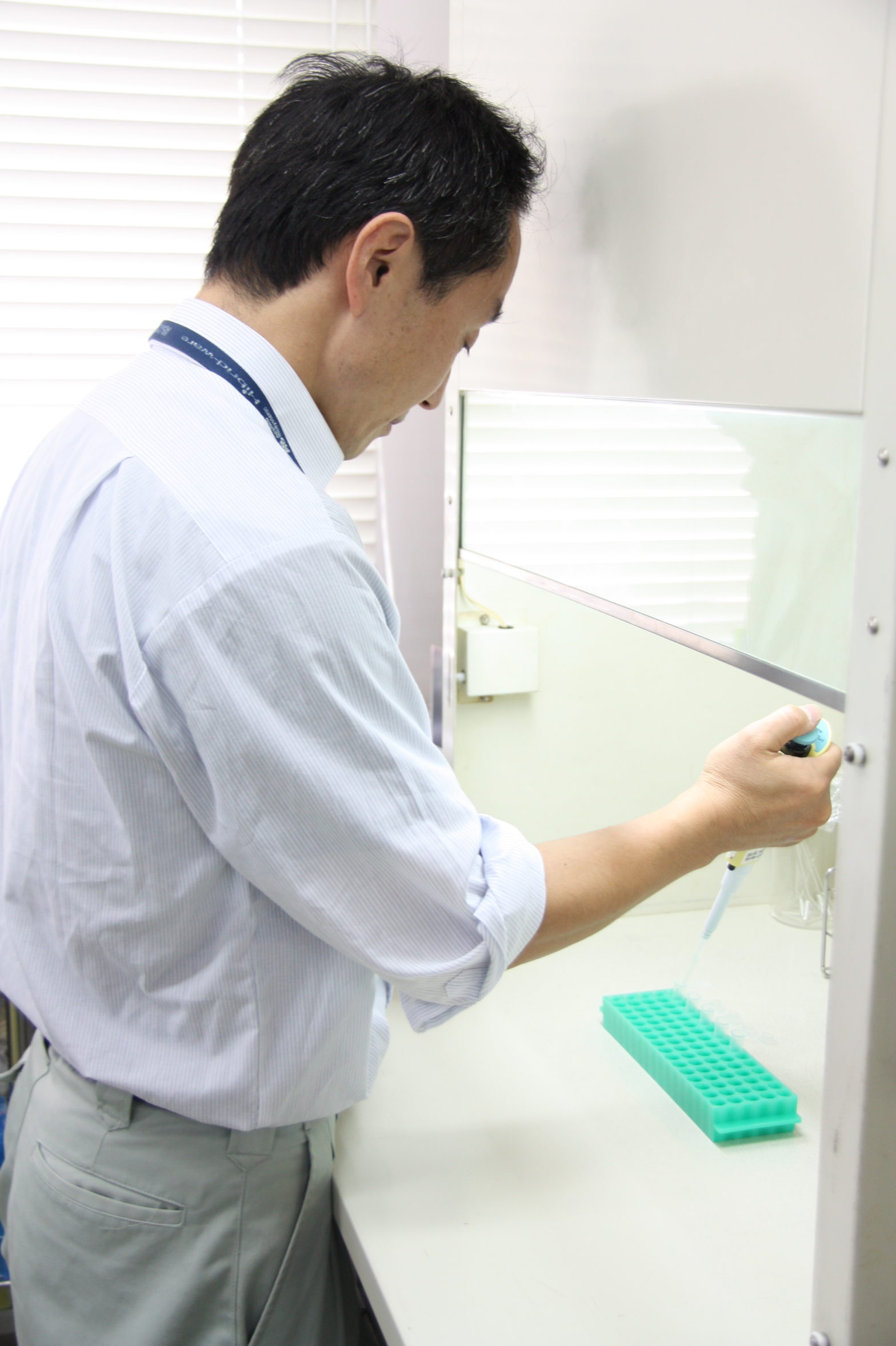Since 2007, Nara Prefecture Institute of Industrial Development (NPIID), Nara Women’s University (NWU) and sake breweries have collaborated on a project which uses yeast gathered from double cherry blossom trees for sake brewing. The double cherry blossom is Nara’s prefectural flower and the school emblem of NWU, so it is especially relevant.

In 2008, NPIID obtained permission from the Nara Park Bureau to collect double cherry blossom flowers in park grounds. They collected 560 flowers and finally succeed in having potential yeast. (NWU also collected flowers and repeatedly tried to harvest potential yeast without success, so the number of flowers they collected in total must have been huge.)
Generally speaking, wild yeast has a lower capacity for fermentation than cultured yeast, so products brewed with wild yeast reach an ABV of 15% at most. To take advantage of this characteristic, the collaboration produced a modern sake with lower alcohol content.

This yeast does not inherit the double cherry tree blossom aroma, but instead moromi releases a sweet, gorgeous vanilla-like scent. Finally, it turns into a smoky, almost whiskey-like, unique aroma. Additionally, it creates succinic acid (which gives the sake body) and malic acid (which brings freshness with acidity). Thus, the sake created using this yeast has a well-balanced body with refreshing acidity. Sake using this yeast was launched in May 2009 and is sold locally.
Another NPIID project was to produce sake using Yamanokami (named after a local ruin by a chief priest of the shrine) yeast taken from the bamboo lily in Ōmiwa shrine which is dedicated to the god of sake and is admired by sake breweries throughout Japan. This yeast called was cultured after a selection of 113 samples was taken from eight different areas within Ōmiwa shrine grounds.
This yeast has higher productivity of alcohol (over 17% ABV), malic acid, and isoamyl alcohol (one of the aroma sources of sake). Unlike most yeast strains, which have similar characteristics to existing yeast, Yamanokami differs from all yeast registered with the Brewing Society of Japan.
This yeast is not suitable for Ginjo category sake, so is often used for Junmai category sake. However, due to the content of malic acid, despite being in the Junmai category (typified by more structure and less acidity), the taste is refreshing. At the same time, it has body because of the higher proportion of isoamyl alcohol. Sixteen sake breweries used this yeast for their own sake in 2016.
Currently, the Nara Sake Brewery Union includes 28 sake breweries, all of which compete with one another. Although Nara sakes differ from one another, they tend to have a traditional deep longer flavor with pleasant acidity. The Japanese idiom 先んじて事を為す Sakinjite koto wo nasu “to do things in advance” describes Nara’s frontier mentality and their modest, simple, honest way of producing sake. With their different approach than Kyoto, Nara is expected to be an engine to pursue traditionally and also new sake tastes according to their modest production philosophy.

